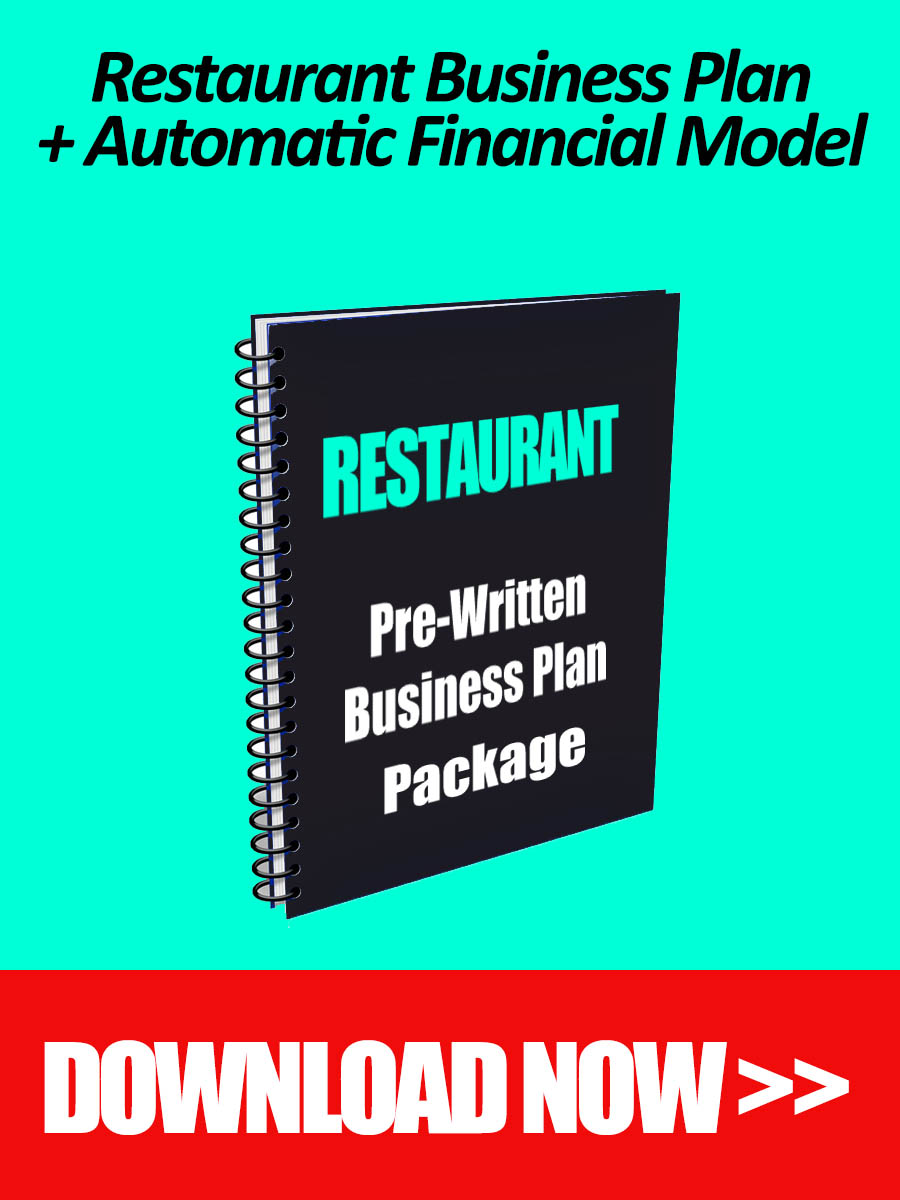A restaurant business can be a rewarding and lucrative venture, but it also comes with its own set of challenges. Understanding the typical strengths, weaknesses, opportunities and threats (SWOTs) of a restaurant business can help you make informed decisions about how to run your F&B business and overcome any obstacles that may arise. A restaurant SWOT analysis can also be very useful in case you are developing a restaurant business plan prior to launching your project.
Restaurant’s Strengths:
- A strong brand image: If your restaurant has a strong brand and a loyal customer base, this can be a major strength for your business. Customers who are familiar with your restaurant and have had positive experiences there are more likely to return and recommend your business to others.
- High-quality food and service: Another major strength of a restaurant business is the ability to consistently deliver high-quality food and service to customers. This can be achieved through careful menu planning, sourcing high-quality ingredients, and training your staff to provide excellent customer service. Of course, hiring a top chef also makes sense as this position is often the key to delivering exceptional food quality and taste.
- A unique selling proposition: A restaurant that stands out from the competition with strong and unique selling points such as a vibrant atmosphere, specialty dishes, or a focus on locally sourced ingredients can differentiate itself and attract a loyal customer base.
- A great location: Location is everything when it comes to operating an F&B business, and no proper restaurant SWOT analysis is complete without discussing your location.. Your restaurant’s location should ideally be in an area with a high footfall and close to businesses and local shops. You need to make sure that your location is ideal for both corporate clients (such as employees on a lunch break) as well as local residents (who will visit you for dinner and parties).
Restaurant’s Weaknesses:
- High overhead costs: One of the main weaknesses of a restaurant business is the high overhead costs associated with operating a physical location. These costs can include rent, utilities, salaries and supplies, which can eat into your profit margin if not carefully managed.
- Dependence on weather: For restaurants that only offer outdoor seating, the weather can be a major factor in the success or failure of the business. Inclement weather can discourage customers from dining out, leading to a decrease in sales.
- Bad location: As stated above, your location has a big impact on your walk-ins and hence revenue. If your restaurant is located in an area with a low traffic or if you’re based in an unpopular neighborhood, this can have a detrimental effect on the number of guests you receive and ultimately hit your revenue.
Restaurant’s Opportunities:
- Online ordering and delivery: The rise of online ordering and delivery services such as Grubhub and UberEats has created new opportunities for restaurants to reach a wider customer base and increase sales.
- Special events: Hosting special events such as wine dinners or cooking classes can help to attract new customers and create a sense of community around your restaurant.
- Franchising: For restaurants that are successful and looking to expand, franchising can be a great opportunity to grow the business in the long term. Of course, you need first to successfully launch, manage and grow your first outlet and build a strong reputation before you can launch a credible franchising program.
Restaurant’s Threats:
- High competition: The restaurant industry is notoriously highly competitive, and new restaurants may struggle to establish a foothold in a crowded market. To mitigate this threat, make sure you choose a good location with a low number of existing competitors to launch your F&B venture.
- High employee turnover: The F&B business is known for its high employee turnover, in other words, staff who work in a restaurant tend to leave their jobs for higher paid opportunities at other venues or different industries altogether. To minimize this risk, make sure you keep your employees happy and motivated by involving them in your mission and allowing them to take responsibility for certain aspects of the business.
- Economic downturns: Economic downturns can lead to a decrease in consumer spending, which can negatively impact sales for your restaurant. During recessions, consumers spend less, and this means less restaurant visits and outings.
- Food safety concerns: A food safety scare or negative press can damage the reputation of a restaurant and discourage customers from dining there. That’s why you need to have the proper quality controls and certifications in place to minimize these risks.
We hope you enjoyed reading our article about typical Strengths, Weaknesses, Opportunities and Threats your restaurant business might have. By staying attuned to these factors, you can make informed decisions about how to run your restaurant business and position it for success.
Don’t forget that a restaurant SWOT analysis should be an integral part of your business planning efforts. We highly recommend you check our ready-made restaurant business plan template that includes a pre-written text in Word and an automatic financial plan in Excel tailored to the restaurant business. Just spend a couple of hours easily tailoring these documents and make them perfectly fit your restaurant project and end up with an investor grade business plan you can proudly share with potential investors.



